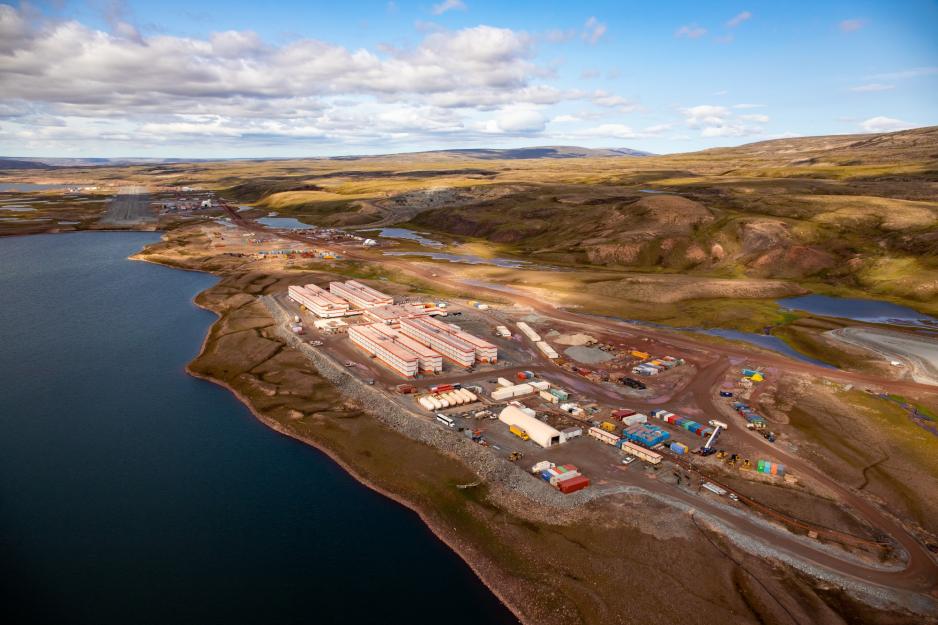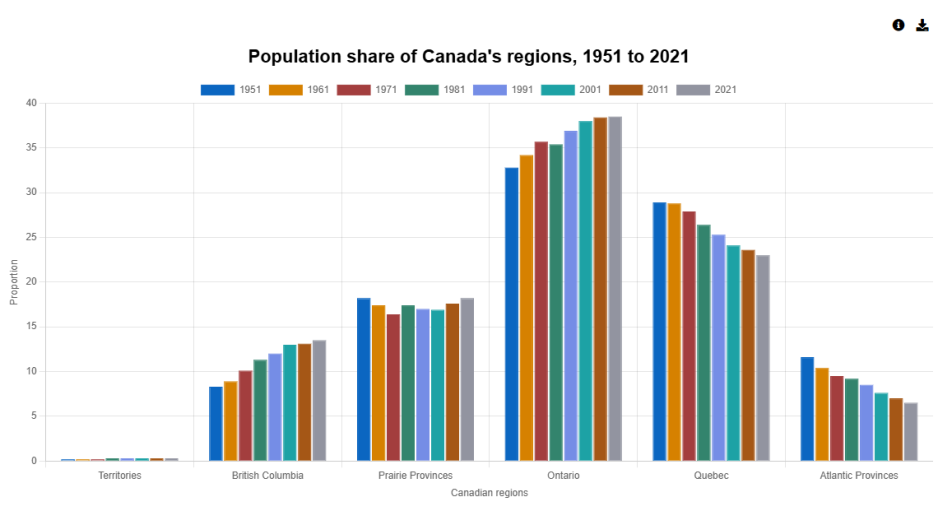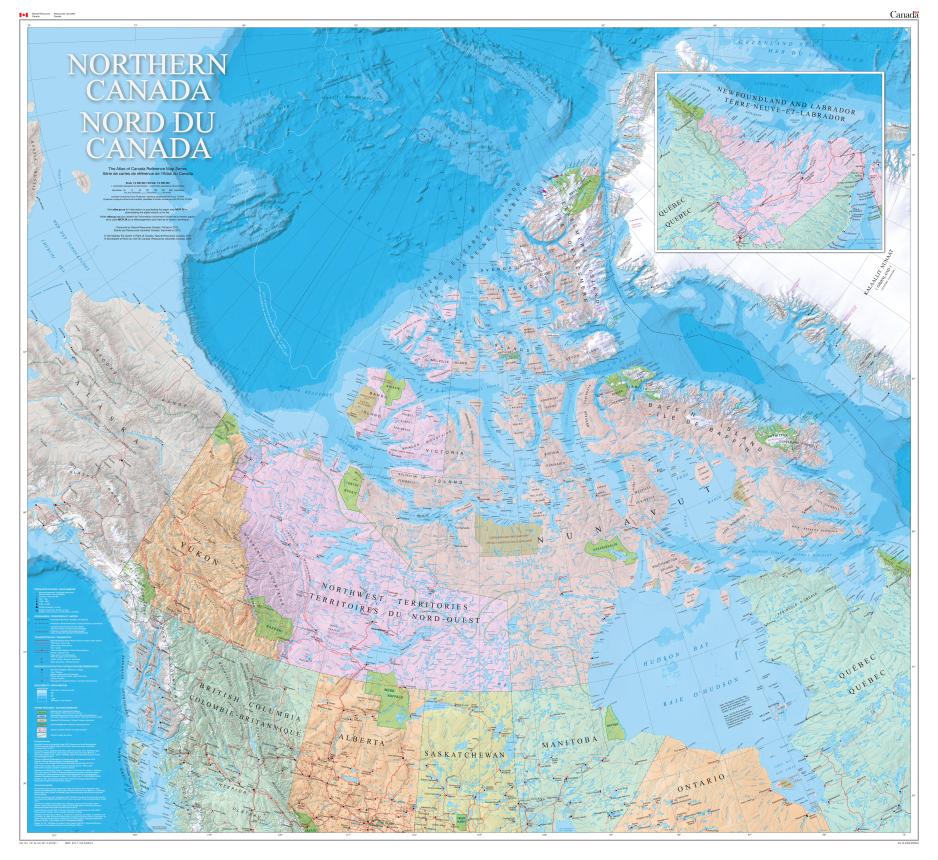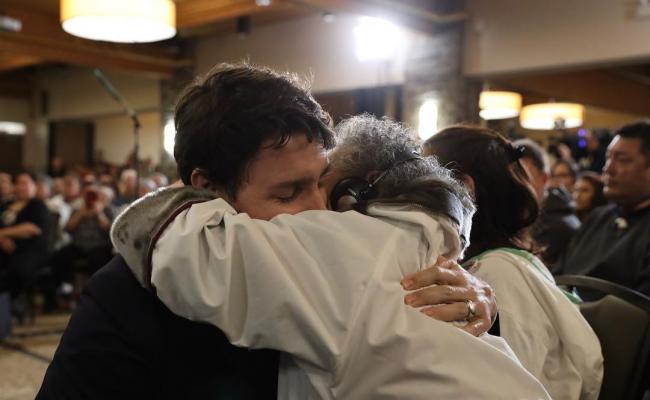New Survey Unveils the Paradox of the Canadian North

The Mary River Mine in Nunavut is one of many mines in Northern Canada. A new survey shows that a large share of Canadians have a negative opinion of the mining industry in Canada's North. (Photo: Baffinland)
Autonomy for the Canadian North does not necessarily mean recognition of Indigenous self-determination, according to public opinion. In addition, Canadians are not prepared to give carte blanche to exploiting natural resources to support the autonomy and development of the northern territories, shows a recent survey.
A survey conducted by Mathieu Landriault and Jean-François Savard at the North American and Arctic Defence and Security Network (NAADSN) highlights the complex perspective Canadians hold of the North.
Northern Canada (or the North or the Territories) consists of the three territories of Canada: Yukon, Nunavut, and the Northwest Territories. The region covers about 40 percent of Canada's total land area, but only about 0.5% of Canada's population lives there. The Canadian Arctic is home to about 150,000 people, of which more than half are Indigenous.
The researchers have pondered the paradox of Northern Canada. It is a symbol of its identity, and its sovereignty is considered crucial. Still, the empowerment of its institutions and communities has been slow and incomplete.
For example, Nunavut was the last territory to sign a devolution agreement in January 2024, and it will not be implemented until 2027.
The NAADSN surveyed 2,081 Canadians to explore their perceptions of the North. The objective was to measure their support for empowering the region and revealed that Canadians generally support greater autonomy for the North. However, the self-determination of Indigenous Peoples in the Arctic was considered a secondary issue.

The population share of Canada's regions from 1951 to 2021. The Northwest Territories, Yukon and Nunavut cover about 40% of Canada's land but only represent about 0.5% of the population. (Graph: Statistics Canada)
The North's strategic significance
The survey shows that Canadians view the North as a strategic region. Forty-two percent see infrastructure in the Canadian Arctic as a national matter rather than a purely regional or local matter.
Sixty-three percent believe that northern territories should be delegated more powers and responsibilities. This support could be found equally across the country's political spectrum.
Against resource extraction
Yet, despite Canadians' support for northern autonomy, they were hesitant concerning extractive industries.
These industries are already well-established in the North, such as Baffinland’s Mary River Mine on Baffin Island in Nunavut or Nechalacho Rare Earth Element Mine in the Northwest Territories. These industries bring in significant revenues and employ many northern residents.
The survey shows that 46 percent of the respondents had an unfavorable opinion of the mining industry in Canada's North, while 41 percent had a favorable view.
Among the respondents who support greater territorial autonomy, 71 percent wanted a moratorium on oil and gas exploration in Canada's Arctic waters.
The survey indicates that while Canadians favor delegating more responsibility to the three northern territories, they oppose the industries likely to fund it. Yet another paradox is that 68 percent of those opposed to extractive industries also believe natural resources in the North will be in high demand in the coming years.

This map depicts the vast Canadian geography that is north of approximately 50° latitude. The map shows the three territories, the northern areas of the provinces, an inset of the Labrador coast, and adjacent areas of Russia, Alaska, and Greenland. (Source: the Government of Canada)
Recognition of Indigenous self-determination
While most respondents supported higher autonomy for the country's northern region, the survey also revealed that self-determination for northern Indigenous Peoples was not a top priority.
The top priority for Canadians is protecting the environment while empowering Arctic Indigenous Peoples came third or fourth out of four suggested priorities for 58 percent of the respondents.
The researchers behind the study say Canadians perceive the Canadian North as a region to be protected rather than an area where communities live and work. Forty-four percent of the respondents would prefer awarding public contracts to the most eco-friendly companies rather than Indigenous companies working in the North.
Thus, the survey exposes a gap between political discourse and public opinion. While Canadian authorities have been adopting policies recognizing Indigenous rights and self-determination, Canadians attribute little importance to these.
In other words, public opinion shows that autonomy for the North does not necessarily entail recognition of Indigenous self-determination. In addition, Canadians are not prepared to give carte blanche to exploit natural resources in the North if it is at the expense of environmental protection.





